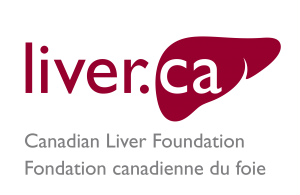Refusing To Let Liver Disease Define Her
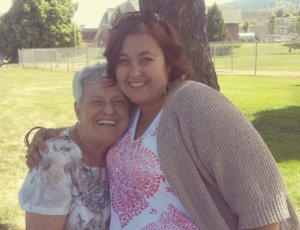
Refusing To Let Liver Disease Define Her
After returning from a tropical holiday three years ago, Heather was feeling exhausted. She admits that her health was not in the best place at the time. Her recent diagnosis with arthritis and her upcoming 40th birthday were worrying her since they both seemed to be accompanied by troubling fatigue.
“I thought that this was just what turning 40 felt like,” says Heather. “I never would’ve guessed it was as severe as it turned out to be.”
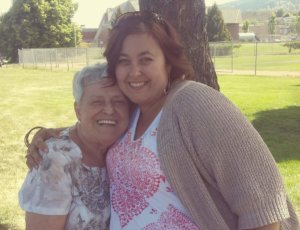
A short time later, Heather suffered a debilitating gallbladder attack that landed her in the hospital. Doctors began conducting numerous tests, attempting to understand why Heather was constantly left feeling drained of her energy. They first found that her blood was extremely thin; gathering the kind of sample that may be found in a patient taking blood thinning medication.
Next, Heather would undergo more testing, including a liver biopsy that would confirm the worst. Heather had been living undiagnosed with stage 3 non-alcoholic steatohepatitis (NASH), an advanced liver disease when too much fat stored in the liver causes inflammation and can lead to irreversible scarring (cirrhosis), liver cancer and even liver failure.
“When they first told me I had NASH I had never even heard of the term,” says Heather. “Afterwards, I felt like it began to define me.”
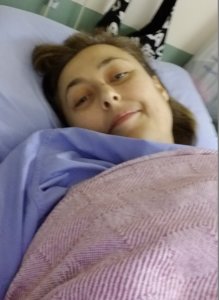
Like many patients of liver disease, Heather’s condition led to other severe complications like varices (enlarged veins in the esophagus) and Barret’s syndrome (chronic inflammation of the esophagus).
Through ups and downs, Heather’s condition began to decline rapidly. In April of 2018, doctors decided that Heather needed to be on a transplant list or she would succumb to the complications caused by NASH.
She eventually spent time in the ICU and was clinging to life.
“Doctors told my husband to prepare for the worst and that I was 24-48 hours away from dying,” says Heather.
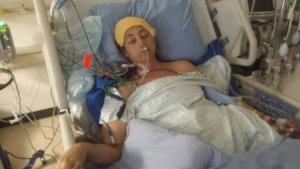
That all changed when on May 21st, Heather received a lifesaving liver transplant operation. Within months, Heather’s liver remarkably recovered and allowed her to receive a second chance at life.
“The difference I feel is like day and night,” says Heather. “I have more energy, and I’ve quickly learned to enjoy being more active and eating a healthier diet. I didn’t think that was possible.”
Today, Heather makes a passionate effort to practice a healthy lifestyle, including a balanced diet and frequent exercise. Her goal is to encourage her two young daughters to practice a healthy diet and physical activity too so that they may not experience the hardship that she has had to.
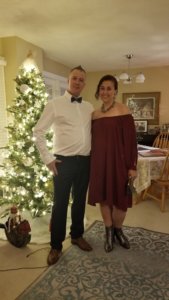
“I want to show my kids that your life can be different,” says Heather. “I have definitely started to lead by example, but giving them that education and starting those good habits while they’re young is so important to me.”
Visit our NASH webpage to understand how you can prevent this disease. For assistance on how you can ensure liver disease does not define you, contact our free and National support services.
